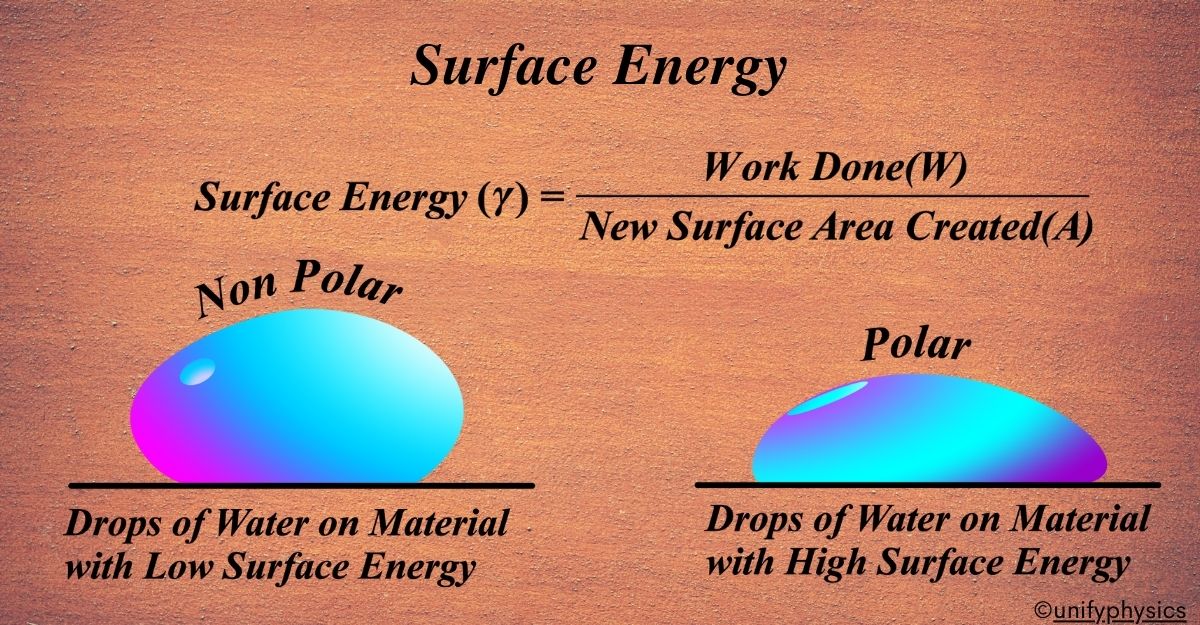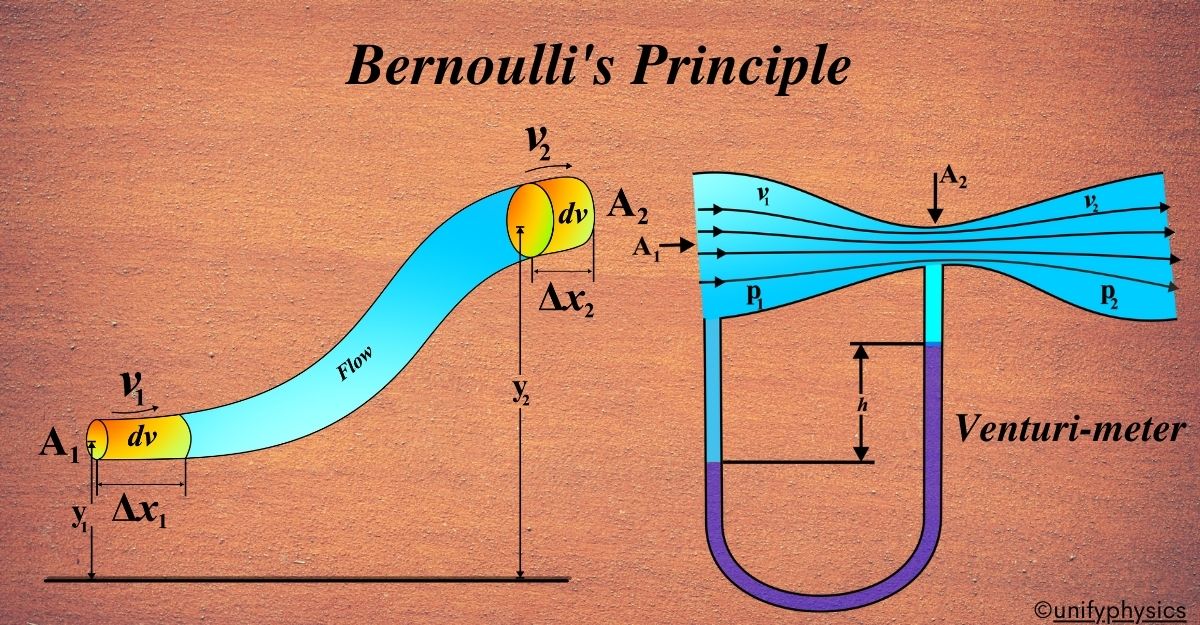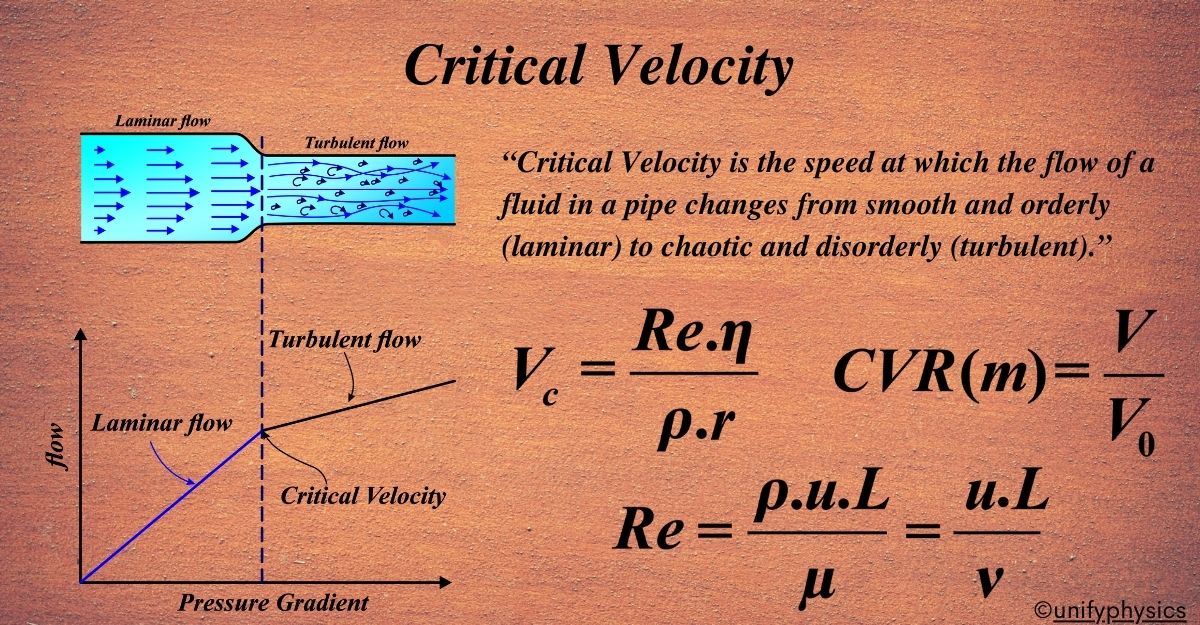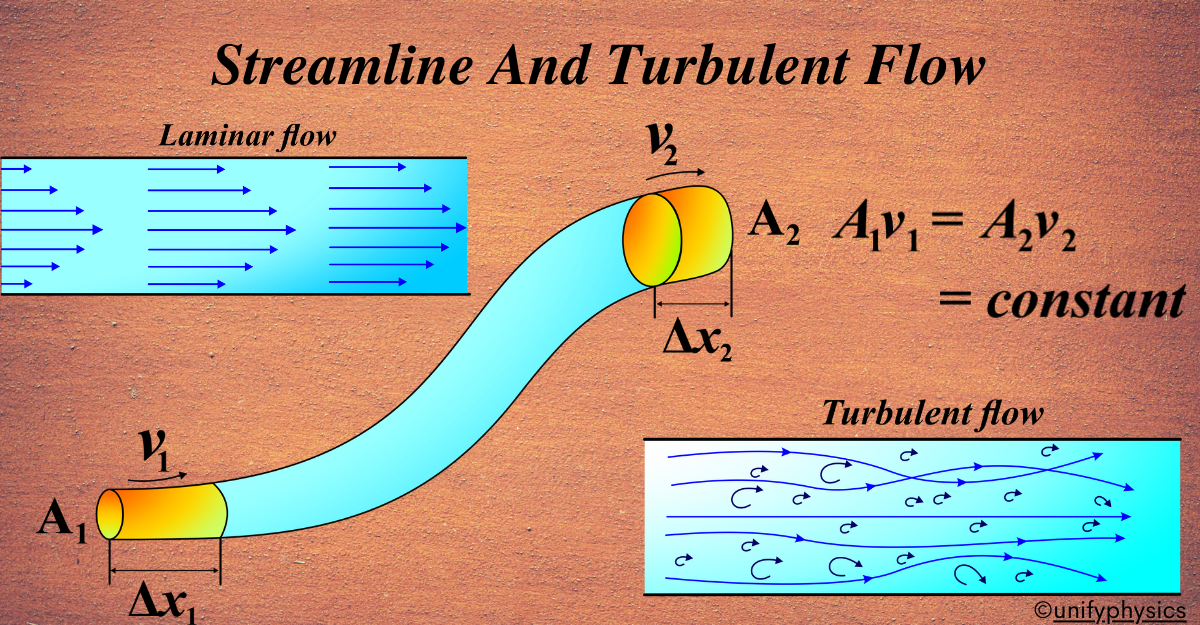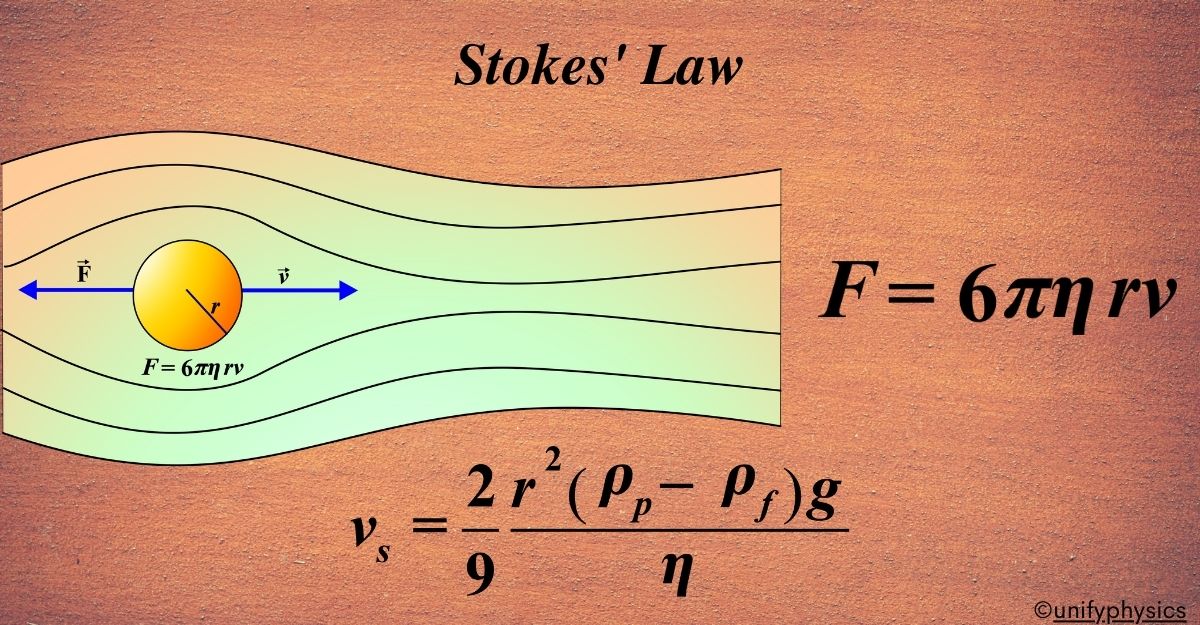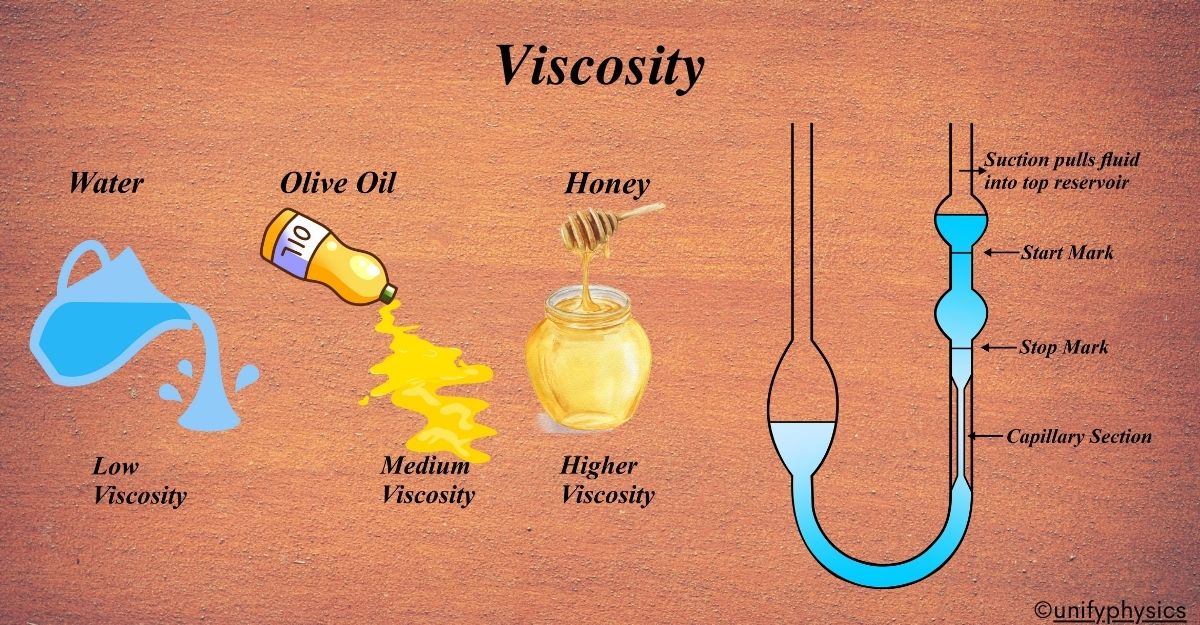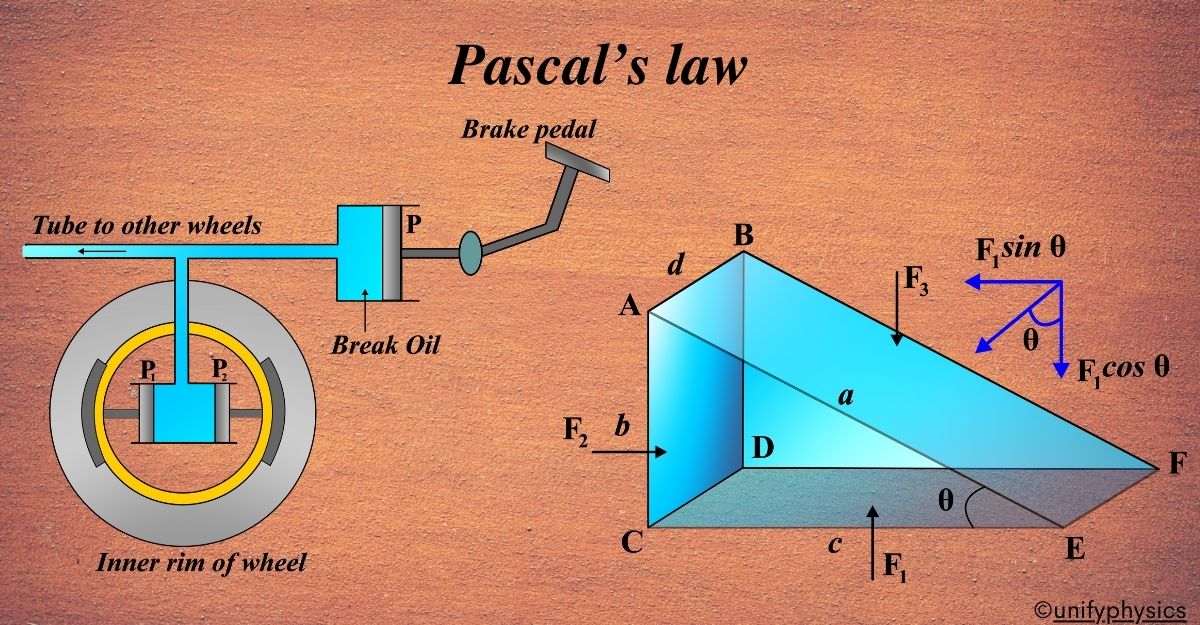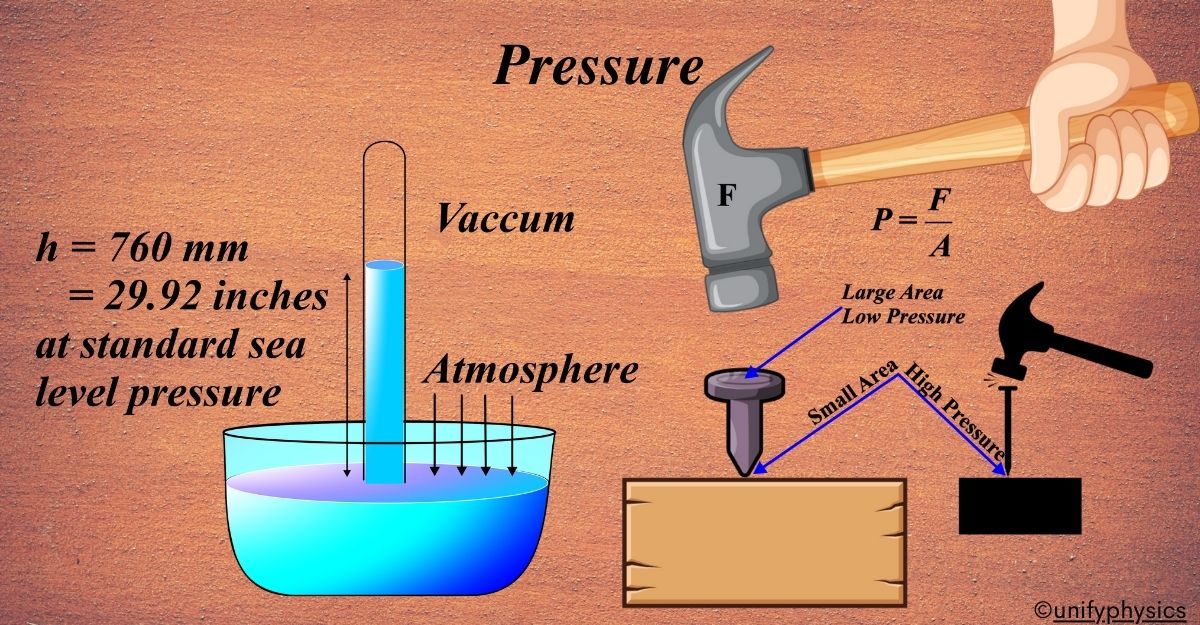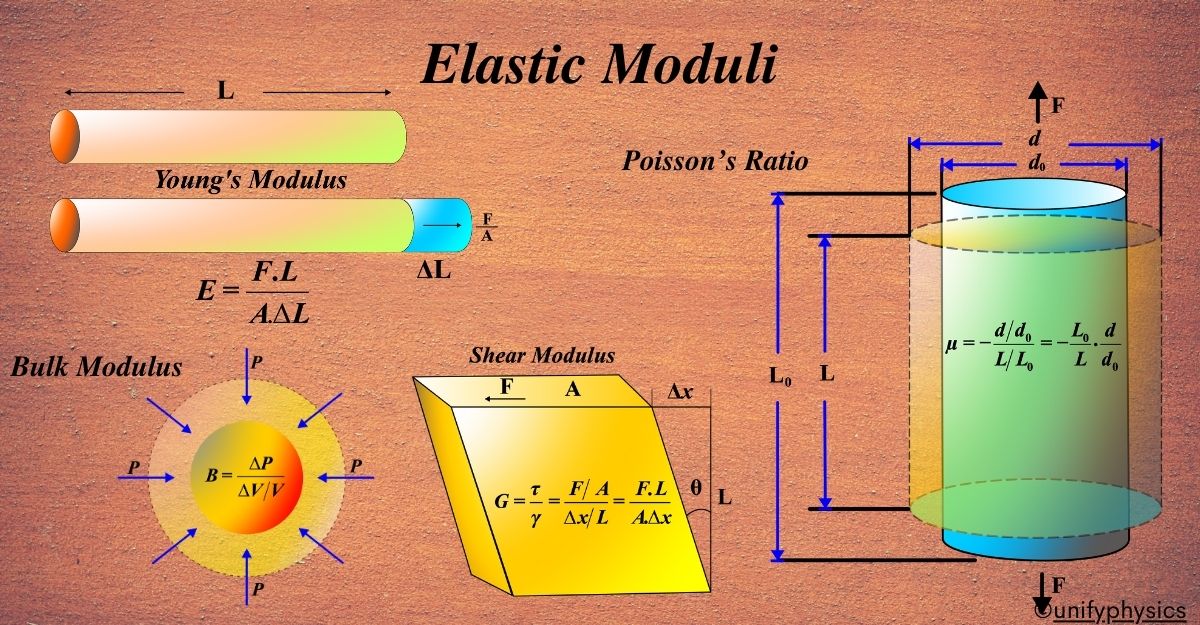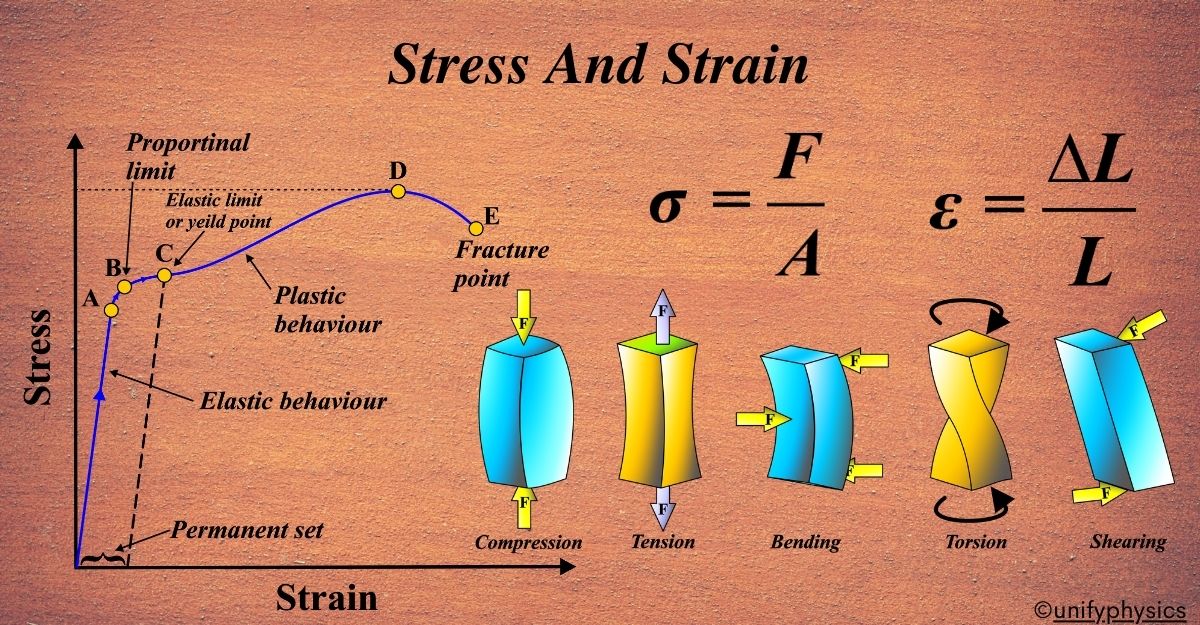Surface Energy
The concept of surface energy has its roots in the observations and experiments of many scientists over the years. It’s a story of curiosity and discovery that spans centuries. Long before the term “surface energy” was coined, people noticed that water behaved strangely at times. For example, water droplets form spheres, and some insects can … Read more
